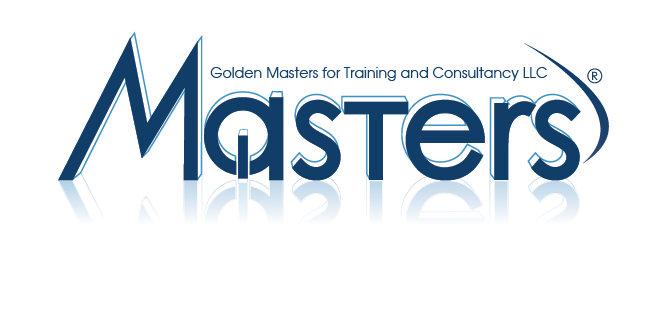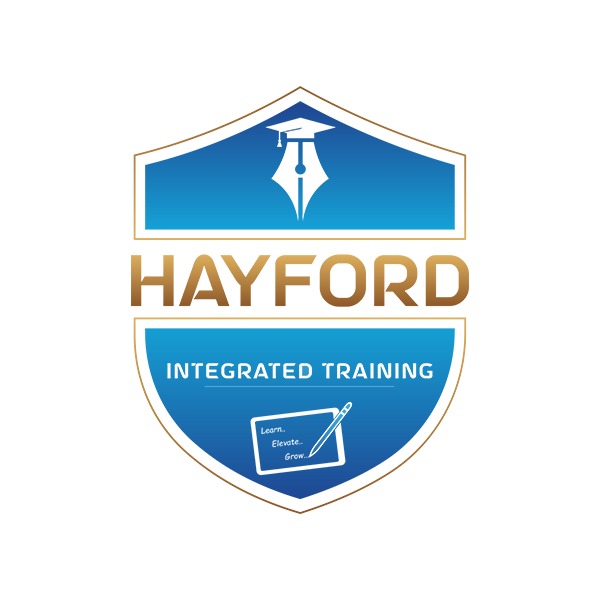The latest developments in the growing worldwide use of International Financial Reporting Standards (IFRS) include:
• The latest IFRS, Exposure Drafts (ED) and the International Accounting Standards Committee Foundation (IASCF) Improvement Project
• Detailed practical examples on the implementation and application of accounting and financial reporting concepts
• Real world challenges to applying IFRS and strategies to overcome them
• Detailed analysis of IFRS 7 (Financial Instruments: Disclosures), IAS 32 (Financial Instruments: Presentation) and IAS 39 (Financial Instruments: Recognition And Measurement)
Course Objective:
The latest developments in the growing worldwide use of International Financial Reporting Standards (IFRS)
• The latest IFRS, Exposure Drafts (ED) and the International Accounting Standards Committee Foundation (IASCF) Improvement Project
• Detailed practical examples on the implementation and application of accounting and financial reporting concepts
• Real world challenges to applying IFRS and strategies to overcome them
• Detailed analysis of IFRS 7 (Financial Instruments: Disclosures), IAS 32 (Financial Instruments: Presentation) and IAS 39 (Financial Instruments: Recognition And Measurement)
Course Certificate:
Masters Consultant Certificate will be issued to all attendees upon course completion.
Course Outline:
Introduction:
• International Accounting Standards Committee Foundation (IASCF) Constitution Proposal for Changes
• The framework for the preparation and presentation of financial statements
• Global convergence
IFRS 1 – First Time Adoption of IFRS
• Objective and scope
• Exemptions and exceptions
• Presentation and disclosure
Financial Statement Presentation (IAS 1, 7, 34; IFRS 2)
• Components of financial statements
• Balance sheet classification issues
• Non-current assets held for sale and discontinued operations
• Income statement presentation
• Statement of changes in equity
• Cash flow statements
Measuring Financial Performance (IAS 8, 24, 33; IFRS 2, 5)
• Accounting policies, accounting estimates and errors
• Earnings per share
• Related party transactions
• Share based payments
Business Combinations (IAS 36, 38; IFRS 5)
• Purchase method
• Identifying the acquirer
• Allocating the cost to net assets
• Recognition and measurement of goodwill
• Transitional provisions
Consolidations Including Foreign Currency Issues (IAS 21, 27, 28, 31)
• Determination of control and consolidation of subsidiaries
• Accounting for associates
• Accounting for joint ventures
• Implementation guidance on IAS 27, 28 and 31
• Functional currencies
• Consolidating foreign subsidiaries
• Foreign currency transactions
Segmental Reporting (IAS 14)
• Identifying reportable segments
• Business and geographical segments
• Meeting the 10% test
• Presentation of segmented data
Revenue Recognition (IAS 11, 18)
• Recognition issues and the concept of substance over form
• Measurement of revenue
• Construction contracts
Tangible Assets (IAS 2, 16, 23, 36)
• Inventory methods
• Lowering of cost and Net Realizable Value (NRV)
• Manufacturing inventories
• Accounting for property, plant and equipment including revaluations
• Depreciation
• Borrowing costs
Intangible Assets (IAS 36, 38; IFRS 3)
• Recognition criteria
• Measurement issues
• Internally developed intangible assets
• Research and development costs
• Intangible assets acquired in a business combination
• Amortization versus impairment
Liabilities, Provisions and Contingencies (IAS 10, 12, 37)
• Recognition criteria for provisions and contingencies
• Constructive and legal obligations
• Discounting deferred payments
• Onerous contracts
• Post balance sheet events
• Deferred tax provisions and assets
Employee Benefits (IAS 19)
• Types of retirement plans
• Factors affecting pension plan assets and liabilities
• Determining the defined benefit obligation
• Actuarial gains and losses including amendments
• Current and past service costs
Impact on Implementation Guidance – Questions and Answers
Scope
• Debt and equity investments
• Loans and receivables
• Own debt
• Cash and cash equivalents
• Derivatives
• Derivatives on subsidiaries, associates and joint ventures
• Embedded derivatives
• Loan commitments held for trading
• Specific exemptions
Debt/Equity Classification
• Overview
• Classification
• Derivatives on own shares
• Transition
Initial Recognition and Classification
• Overview
• Initial recognition
• Classification
• Reclassification of assets between categories
• Embedded derivatives
• Transition
De-Recognition
• Overview
• De-recognition of financial assets
• Consequences of de-recognition or failed de-recognition
• Securitisation
• De-recognition of financial liabilities
• Transition
Subsequent Measurement, Fair Values and Impairment
• Overview
• Subsequent measurement – financial issues
• Subsequent measurement – financial liabilities
• Amortized cost and effective interest method
• Fair value
• Impairment of financial assets
• Transition
Hedge Accounting
• Overview
• Criteria for hedge accounting
• Categories of hedges
• Hedge effectiveness/ineffectiveness
• Discontinuing hedge accounting
• Transition
Disclosures
• Risk management policies and hedging activities
• Terms, conditions and accounting policies
• Interest rate risk
• Other disclosures





